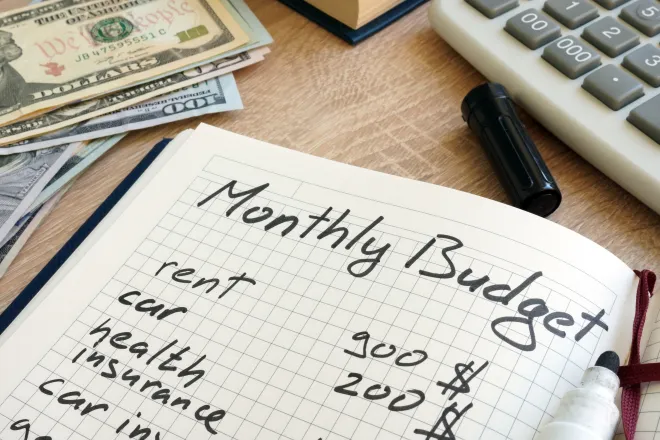
Dear Dietitian – How to achieve a low sodium diet
Dear Dietitian,
I have just been diagnosed with congestive heart failure and have been told to follow a low salt diet. I have been trying, but it seems almost impossible! Can you help?
Frustrated
Dear Frustrated,
It’s normal to get frustrated while adjusting to a lifestyle change. We are accustomed to adding salt (sodium chloride) to almost everything we eat, so a low sodium diet is a big adjustment for anyone.
Low sodium (1500 mg) diets are often prescribed for patients with congestive heart failure (CHF), a condition where the heart does not pump efficiently. In this situation, blood often backs up, and fluid can build up in the lungs, causing shortness of breath. Fluid may also build up in the legs and abdomen. Decreasing salt in your diet helps prevent these problems.
When someone with CHF consumes salt, it can impact how well the heart functions. Salt draws water, which can build up around the heart, but the heart cannot effectively pump the fluid away.
The key to following a new diet is planning ahead. Focus on fresh foods, meats, fruits, vegetables. Plan meals ahead of time. Avoid canned and processed foods, such as canned vegetables, frozen pizzas, pot pies, tv dinners, and cheese.
Learn how to read food labels. Keep sodium less than 200 mg sodium per serving. Look for Low sodium on the label; these foods have 140 mg sodium or less per serving. You can also read the ingredient list to learn more about the source of sodium. Watch for words like sodium bicarbonate (baking soda), monosodium glutamate (MSG), and sodium benzoate.
Learn how to season foods without salt. Use curry or onion for eggs. Try sage or rosemary for tomatoes. Dry mustard or oregano can spice up your pork. Be sure to consult your doctor before using salt substitutes that contain potassium, as they may cause your blood potassium level to rise.
When dining out, ask that foods be prepared without salt. Avoid buffets and cafeterias, as these foods are often high in sodium.
Finally, give yourself at least six weeks to adjust to a new diet. You won’t do it perfectly, so try to be patient. Following a low sodium diet takes time and adjustment, but it will save you a trip to the hospital. If you find you need further education, consult your local Registered Dietitian Nutritionist.
Until next time, be healthy!
Dear Dietitian


















